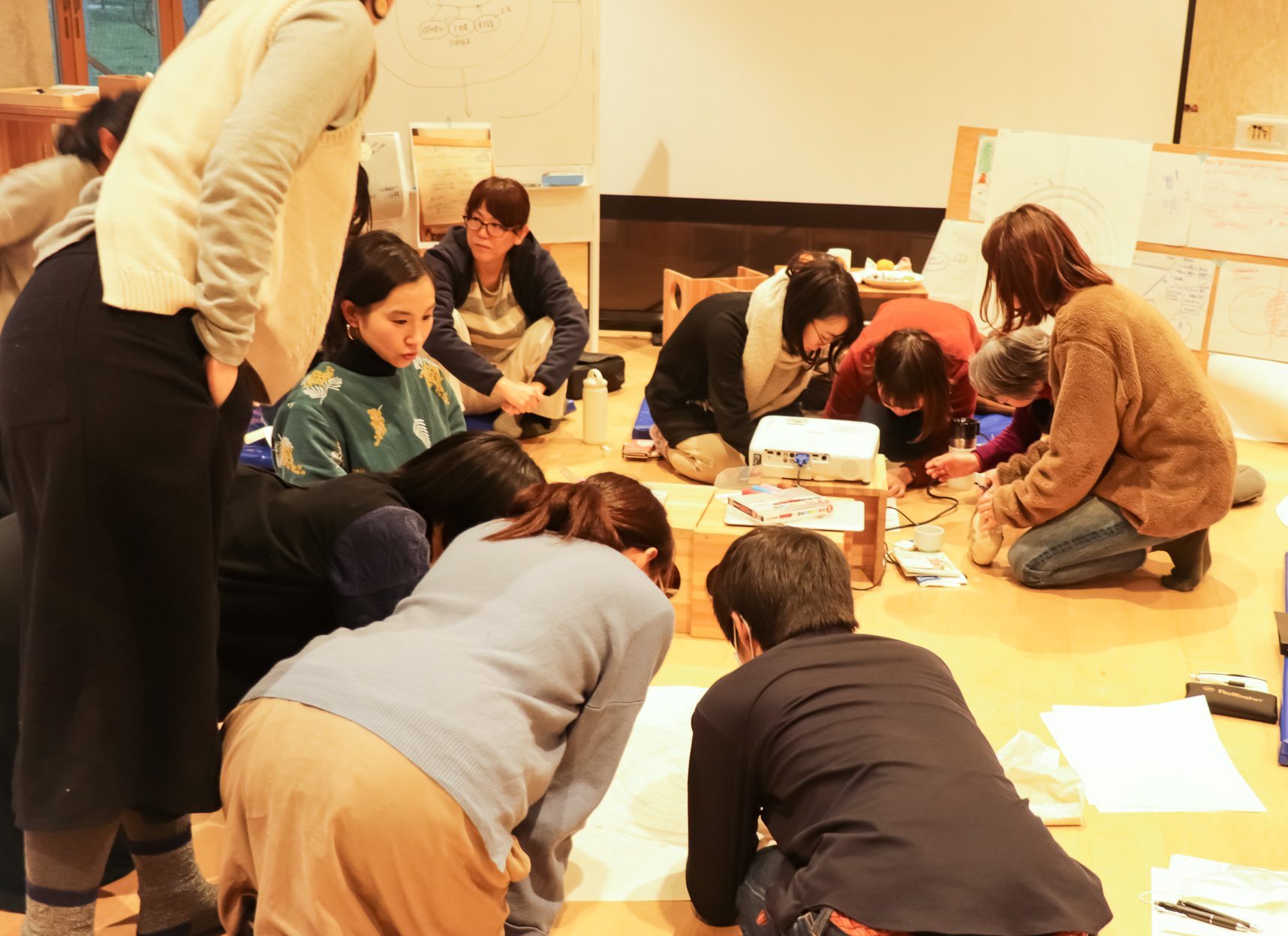
2020.02.21 Considering the “power source” of Yamanoko
Text : Aya Endo
We are already approaching mid-February. We started to grow hyacinth, intended to prepare for the long winter, however, it has bloomed this month, indicating that the spring is on its way with the sweet aroma. The other day I saw butterbur sprout growing outside. We are witnessing a strange phenomenon with a different sense of February.
Have you ever heard of a word, “Anthropocene”? I have been curious about the term for a while, and recently I read a magazine covering the topic, and have been learning about the word and the issues surrounding it. Anthropocene is a proposed geological epoch,which began 11,700 years ago after the last major ice age, dating from the commencement of significant human impact on Earth’s geology and ecosystems, including, but not limited to, anthropogenic climate change. Other terms have been coined to define this new geological age, such as Capitalocene and Plantationocene. The choices of these names are debatable, however, the fact that there has been a great debate regarding this suggests that we are in the midst of a boundary-shifting event on a global scale.
I want to introduce you to the words of Keiko Nakamura, a life history researcher, from the featured article Anthropocene in the magazine, Gendai Shiso.
It has been 13.8 billion years since the creation of the universe, 4.6 billion years after the solar system was born, 3.8 billion years after the creature was born on one of the stars, Earth, of which 200,000 years ago was when Homosapiens started to appear. Now that we are capable enough to think of what it means to live wisely, what we can do is to look back on the 10,000 years since the beginning of civilization and look for ways to live in the future. The answer to the question “which is better? the modern civilization that has been built up in the last 50 years or the living power that has been embedded within living creatures since the creation of the universe?,” is clearly the latter. You can see it clearly by looking at the various mechanisms that have richness in complexity.
Moreover, Keiko Nakamura suggests to hold “a worldview that identifies with a self living in a civilization created by humans and a self as a human in a 3.8 billion year history of life” and determine various things according to this worldview. These words resonated with Yamanoko’s “Our Aspirations”, which is “raising people with sensibility that they live on planet earth” as well as the meanings in which what we are trying to achieve at Yamanoko through co-existing with children. I thought, perhaps what we want to create through education during these monumental times and through spending so much time in our waking hours with children, is to figure out a way to live through the future.
We spent the whole day of 11th of January to discuss the yearly schedule. The first question we discussed was, “what is our driving force?”. These three elements all connect and influence each other: the driving force of an individual, the source of the force, and the driving force of Yamanoko.
There were many metaphors to describe the three such as trees, tops, bicycles, houses, digging out the dirt with a shovel. There are many ways of expressions to describe these forces such as expressing through pictures, lines and colors, and linking paintings and words. Nobody described it as dancing, acting and expressing through music (I am hoping this will change in the future)
Someone described their driving force as “the fear from the uncertainty of the future that children hold”. It is the hope and the desire to shift the fear into something brighter, is what drives this person to be involved in education. Everyone listened intently.
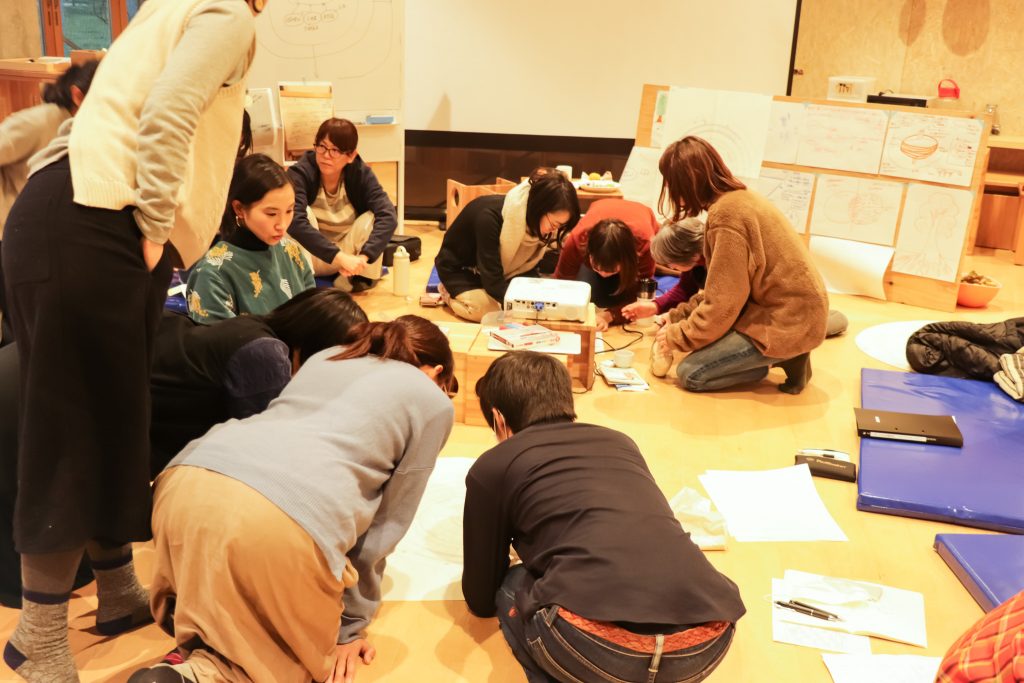
Here are the other driving forces:
Gratitude towards life
Fulfillment
Encountering the unknown
The state of “change”
Finding happiness in everyday life
The feeling of contentment
After listening to our driving forces and our reasons, the conversation naturally shifted to Yamanoko’s driving force.
In such context, the word, “transform” was speculated and discussed.
By interacting with each other, fulfilling our needs, and learning from one another, we as Yamanoko are always transforming. The everyday things that happen here and the momentum is what drives us. The meeting was a precious time with so much revelation. The next year, we are going to strengthen our operational system to enhance our ability to interact, fulfill needs and learn. I believe that this will upgrade us naturally.
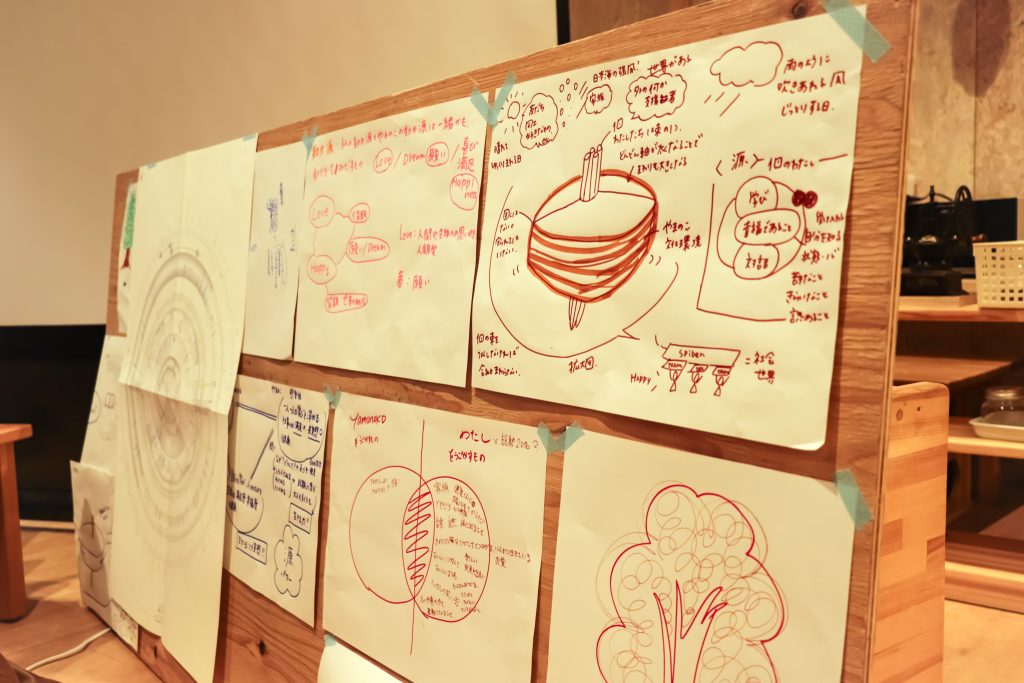
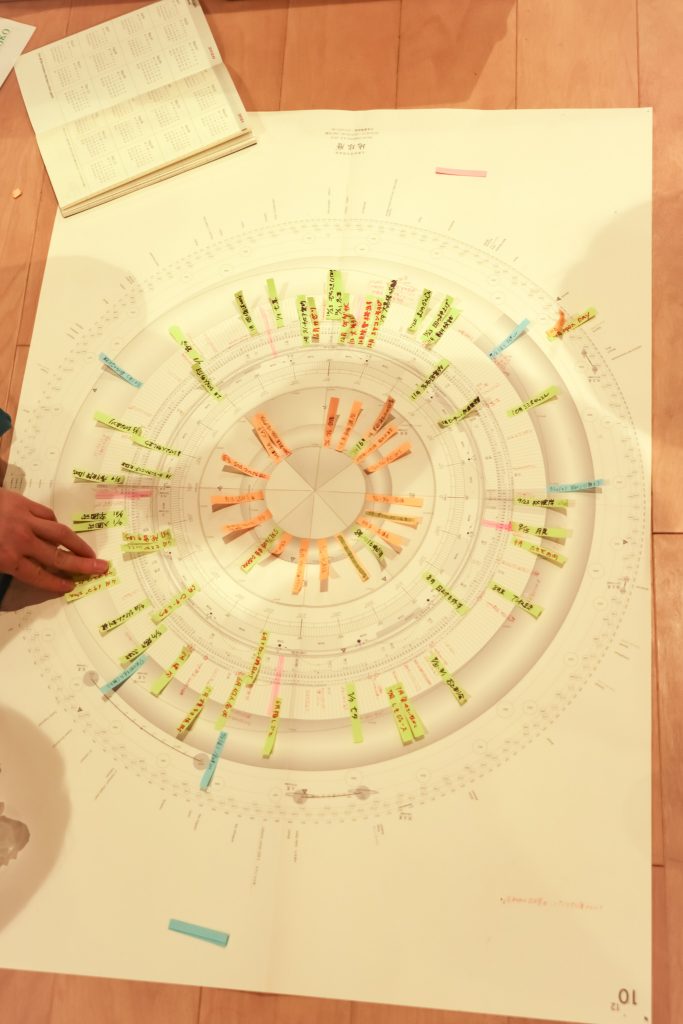













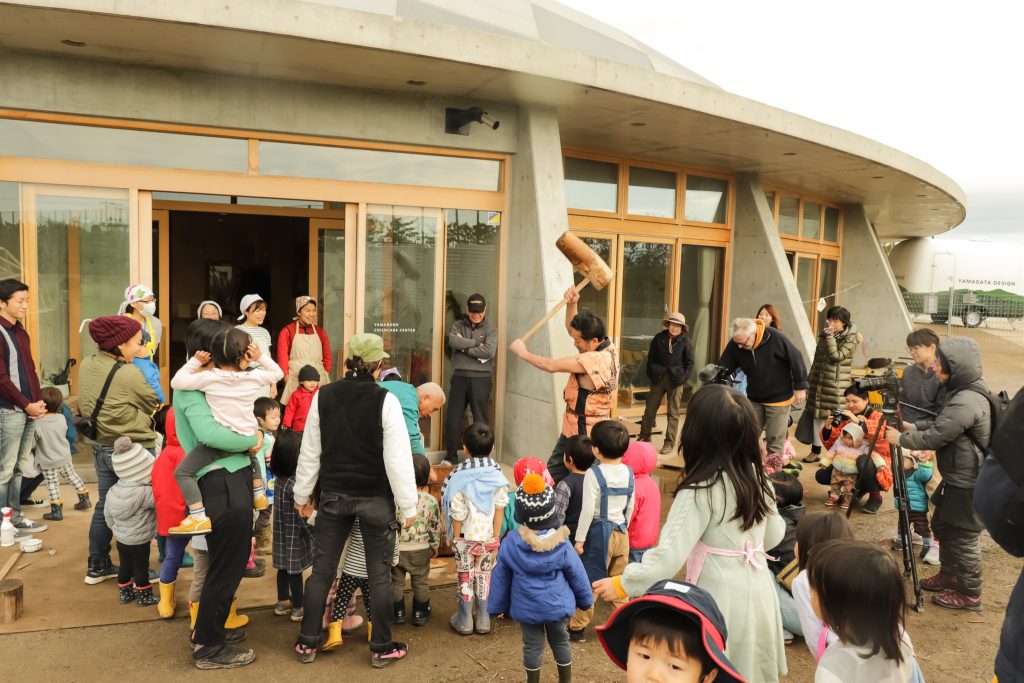
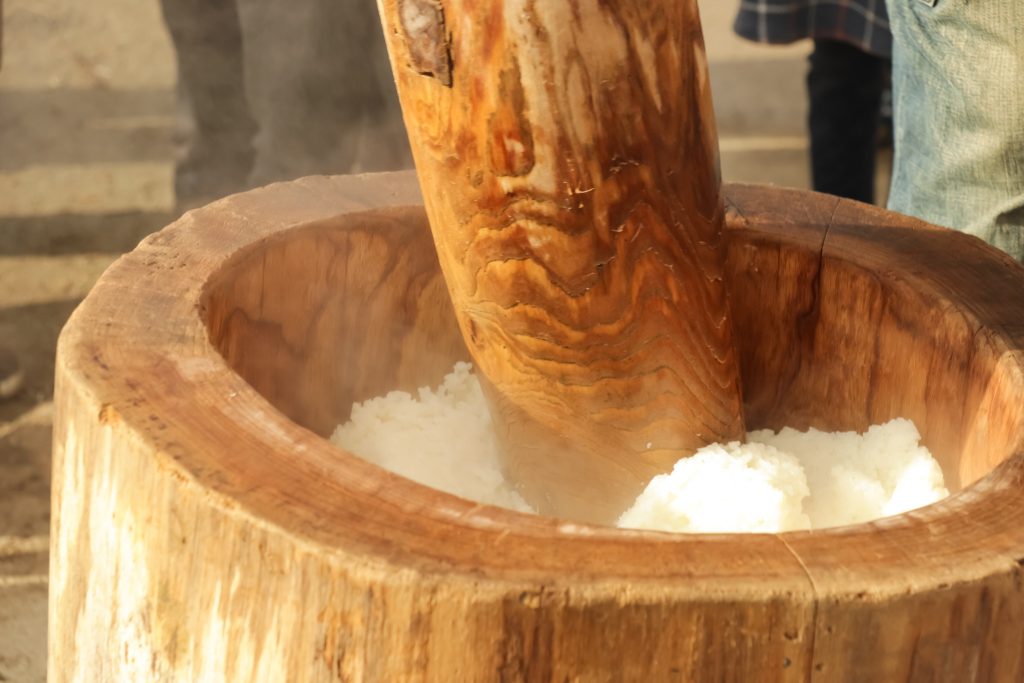
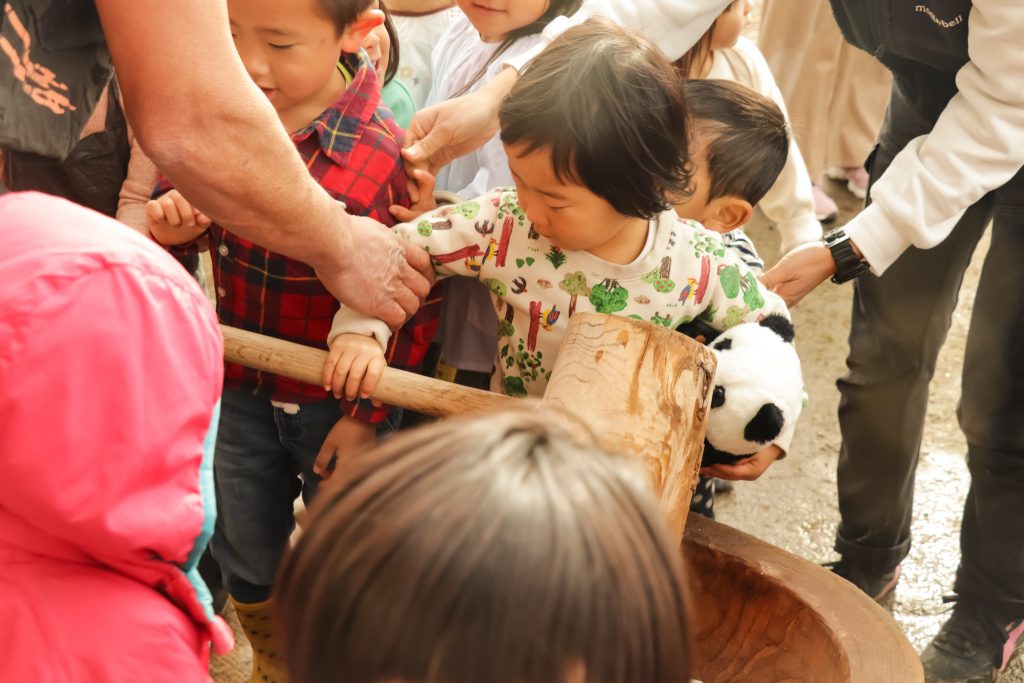
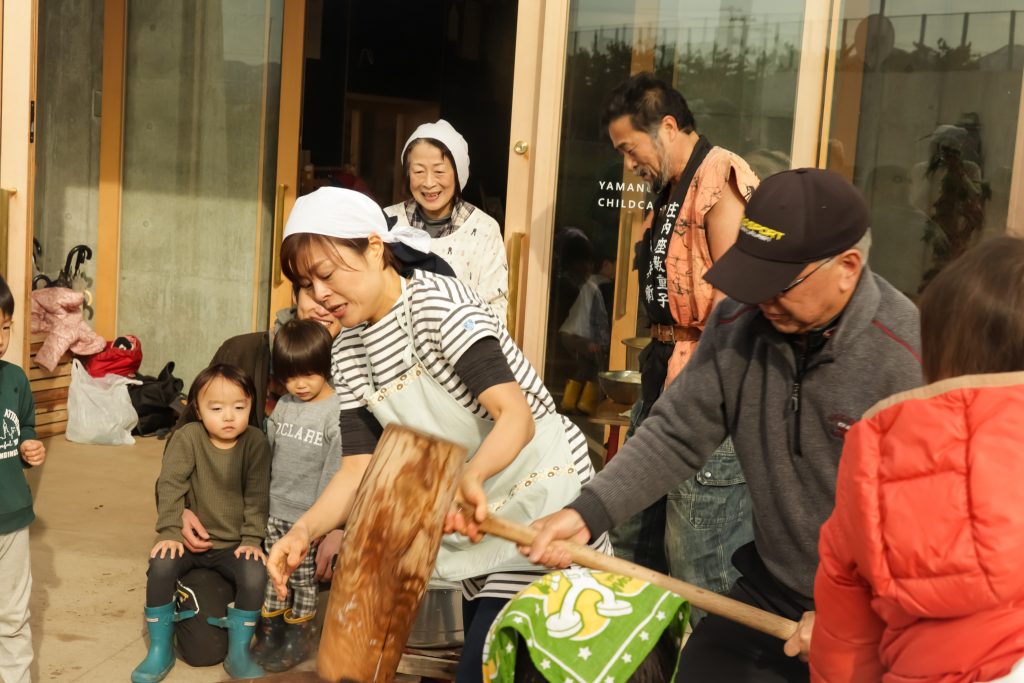
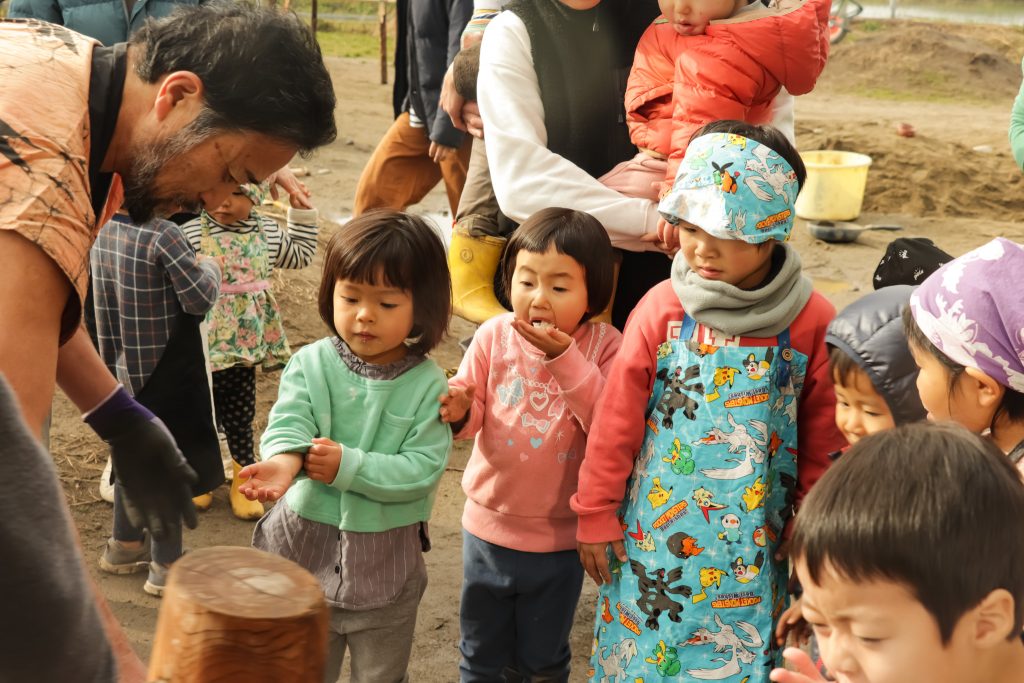
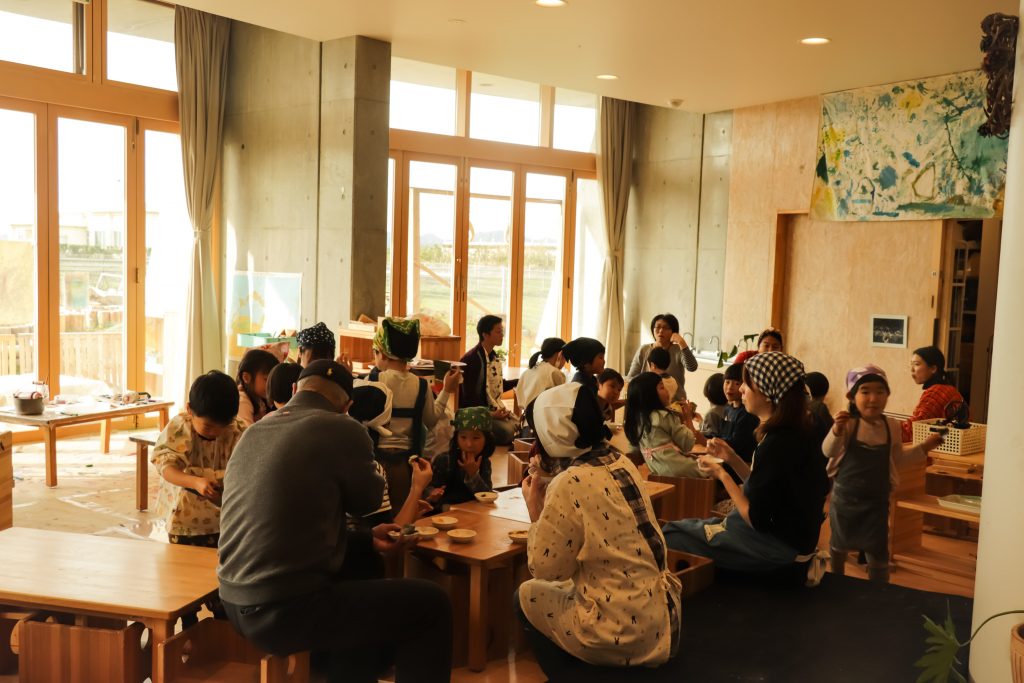
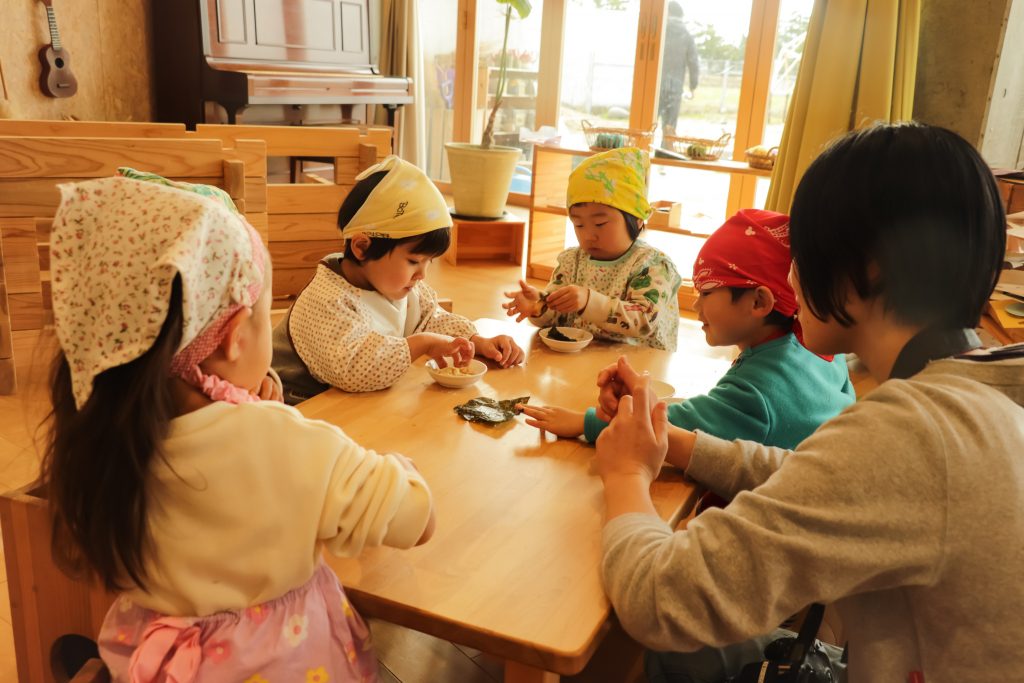
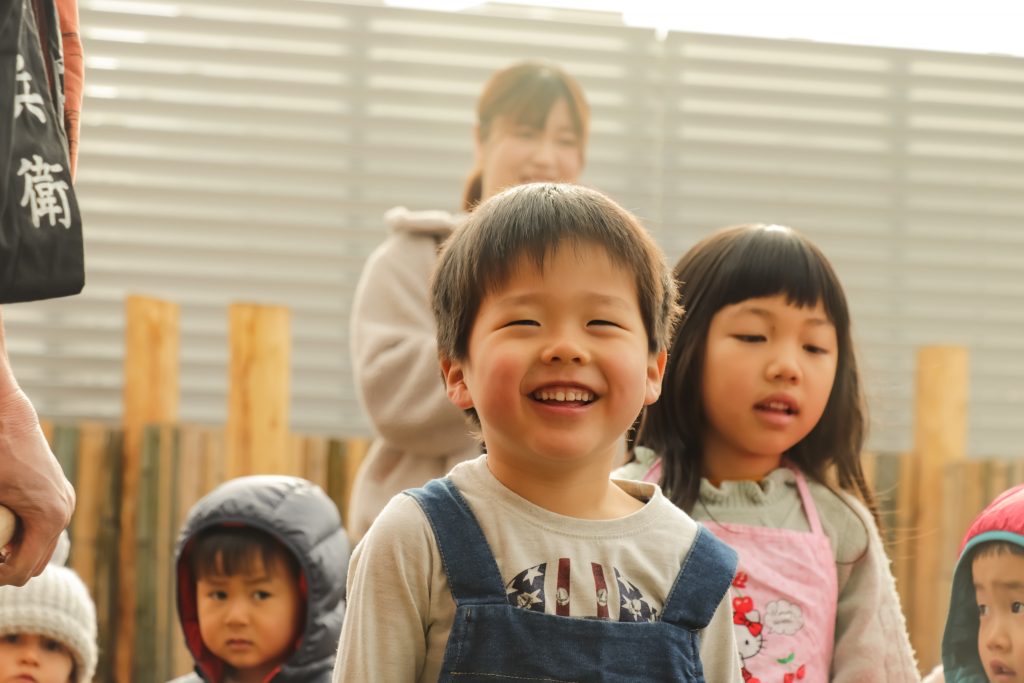
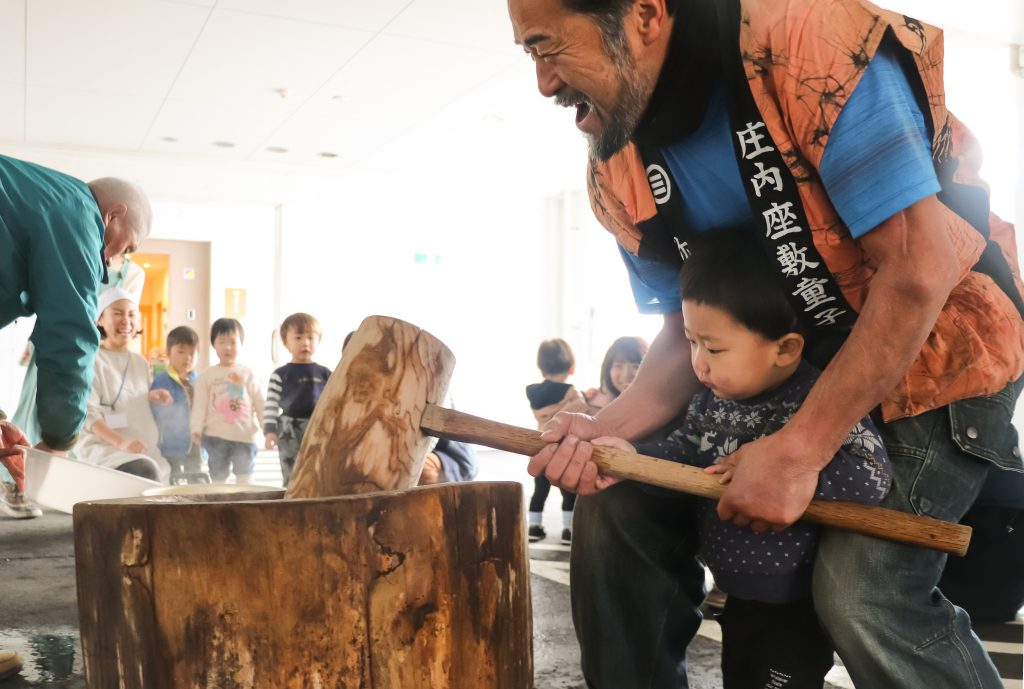
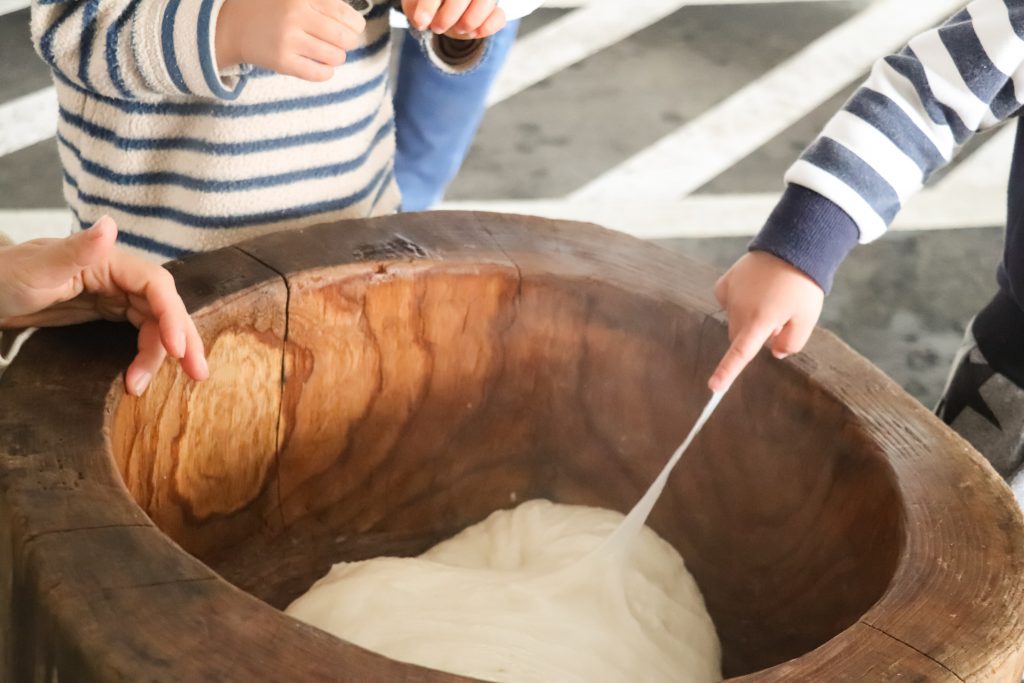
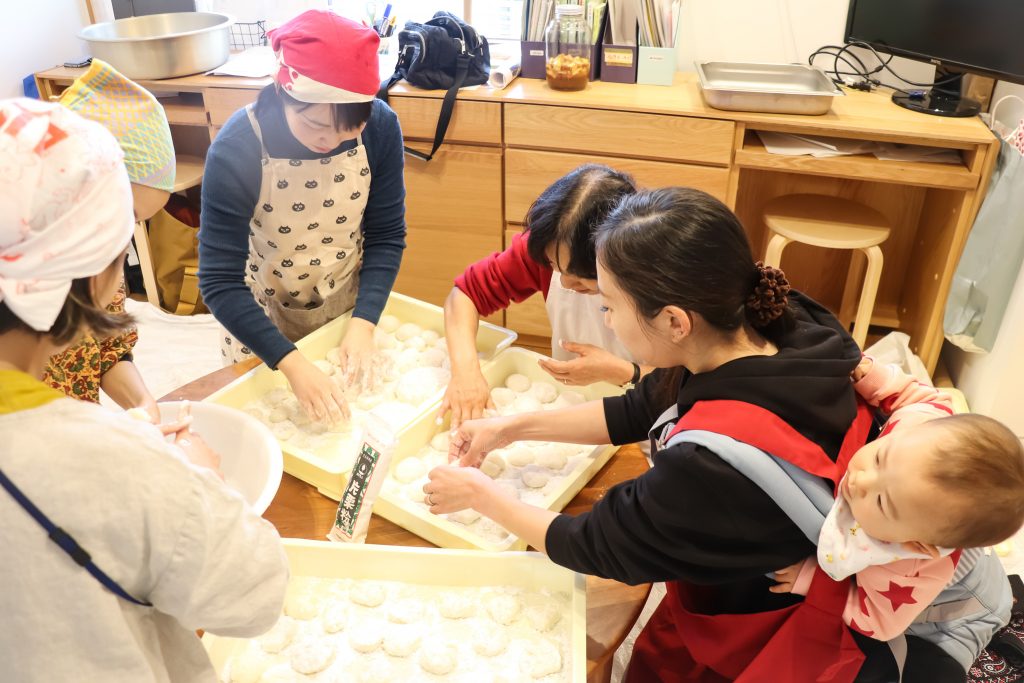
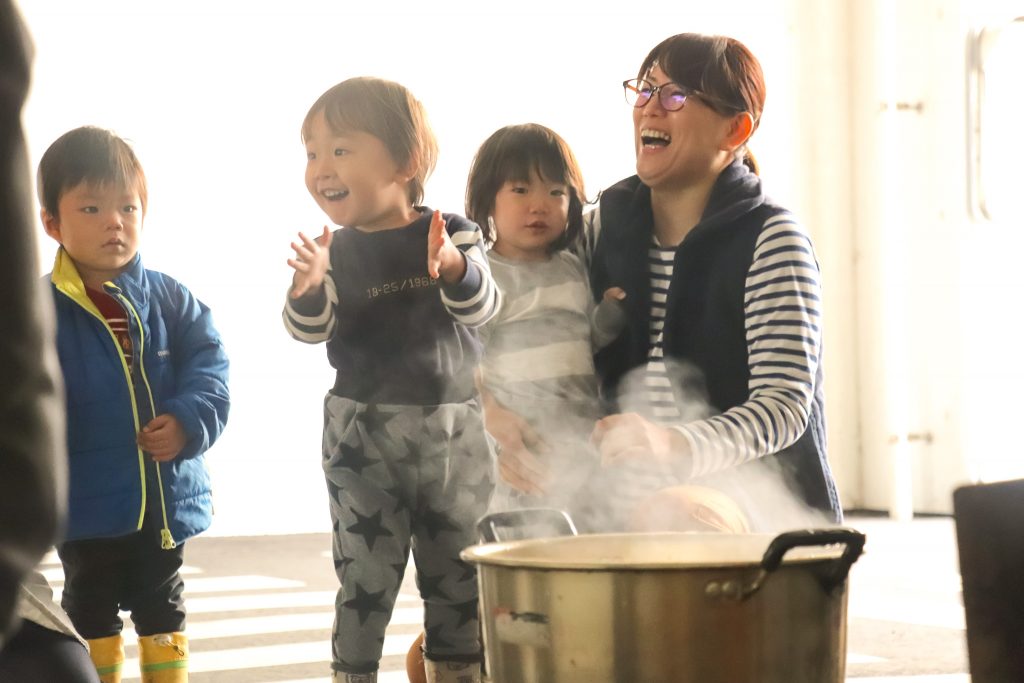
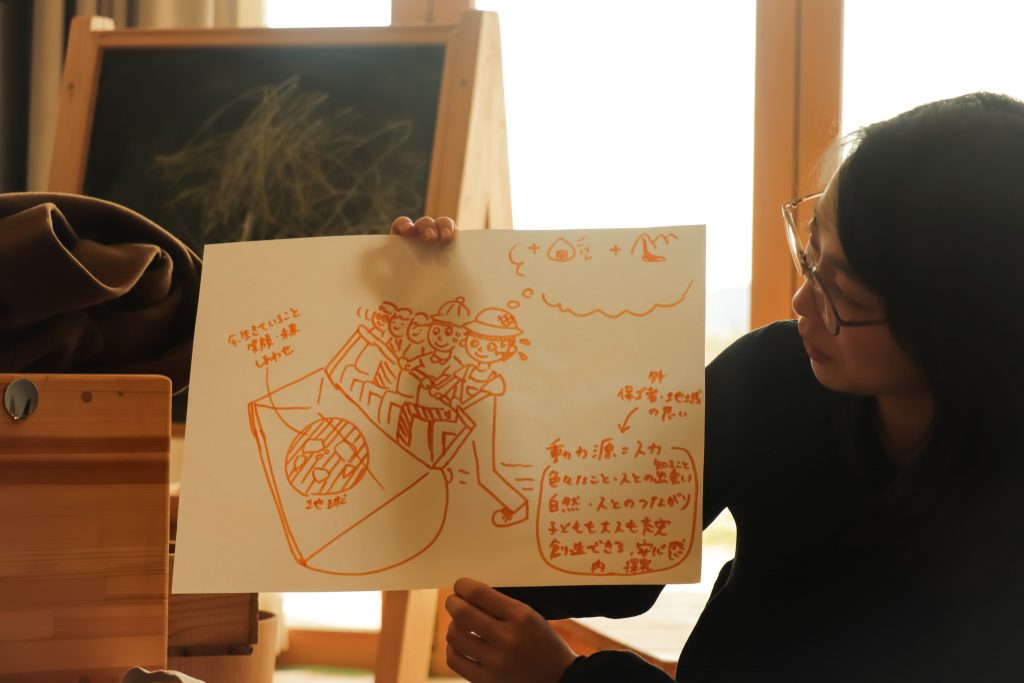
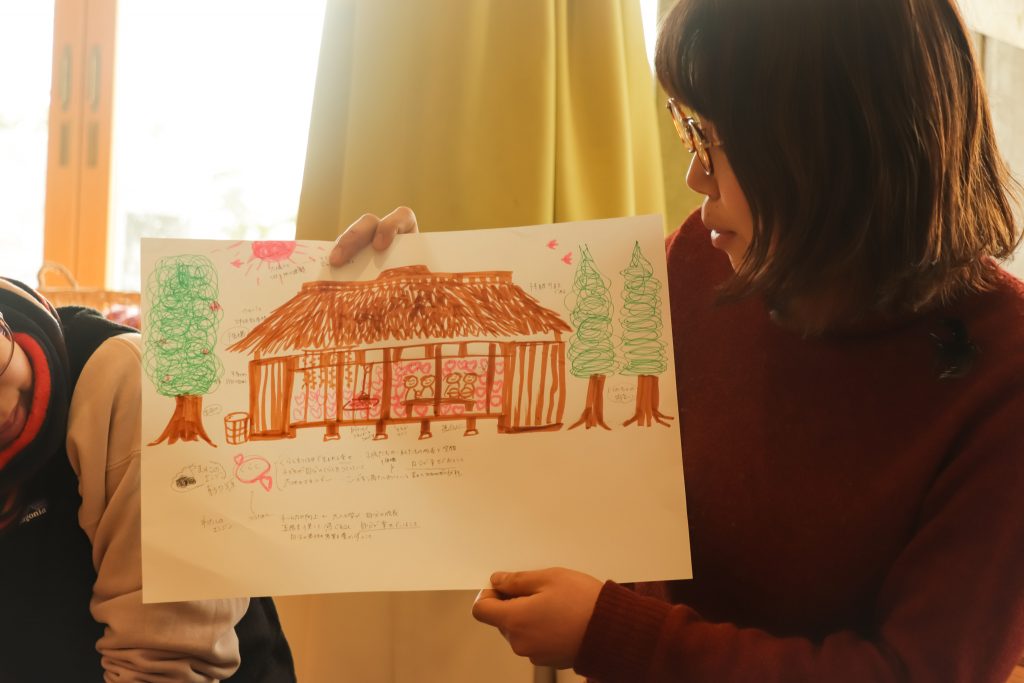
 PREV
PREV